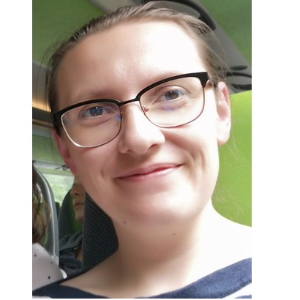Title : The efficiency of using clonidine buccally and dexmedetomidine intranasally as non-invasive procedural sedation during magnetic resonance imaging in patients hospitalized at the neonatology department in Ceske Budejovice
Abstract:
Backround: Procedural sedation does not have clear recommendations in the newborn population. There is an effort to find a balance between the need to minimize motion artifacts during imaging (including MRI) and the use of sedatives with the lowest possible adverse effects on the developing central nervous system.
Aims: The aim of the project was to evaluate the efficiency of using Clonidine and Dexmedetomidine as a non-invasive procedural sedation during MRI. Both drugs belong to the group of central antihypertensives. They stimulate receptors in the central nervous system which leads to decreasing of sympathetic tone without suppressing the respiratory center. There have been only a few studies regarging their use in newborns, specifically in the indication of procedural sedation, in which the administration of drugs required IV access. The primary goal was to successfully perform an imaging examination without the need to interrupt scanning or to use general anesthesia.
Methods: We performed an observational, retrospective study, where all data were obtained from patient records. During 4-year time interval (2020-2023), the effect of Clonidine and Dexmedetomidine was assessed in originally full-term or premature newborns. A total of 90 MRI examinations were performed. 26 examinations were excluded (the drug was not used, parallel antiepileptic therapy). The evaluation included 64 examinations, which were divided into two groups: the Clonidine group included a total of 22 examinations, the Dexmedetomidine group included a total of 42 examinations.
Results: Successful imaging was achieved in all cases. In the Clonidine group, 17 examinations (77%) were performed without the need for general anesthesia, in 5 cases it was necessary to add an additional sedative (23%). In the Dexmedetomidine group, 39 examinations were performed without the need for general anesthesia (92%), in only 3 cases (8%) an additional sedative was required. Overall, the success rate of performing MRI with Clonidine or Dexmedetomidine sedation was 87%.
Conclusion: It was possible to successfully perform MRI imaging without the need to interrupt the examination in 100% of cases, in 87% of cases the use of non-invasive sedation with Clonidine buccally or Dexmedetomidine intranasally was sufficient. The success rate was statistically nonsignificantly higher in the second Dexmedetomidine group, 77% to 92% (statistically non-significant, p 0,07). There was no occurrence of bradycardia or apneic episodes, in one case it was necessary to start oxygenotherapy due to unsatisfactory saturations (1.5%). Therefore both drugs are considered to be a safe possibility for sedation. Thenon-invasive administration of the medication reduces the need to secure the child with IV access. There is also a possibility to limit the presence of an anesthesiologist during the examination. Due to a small number of patients in both groups, further studies are needed to achieve statistically significant results.




